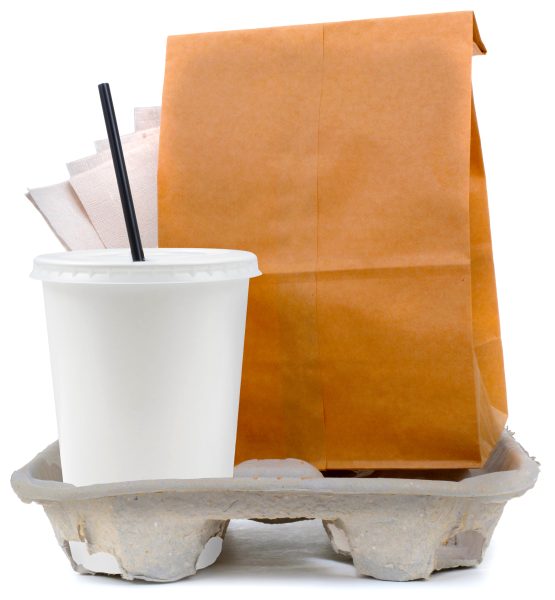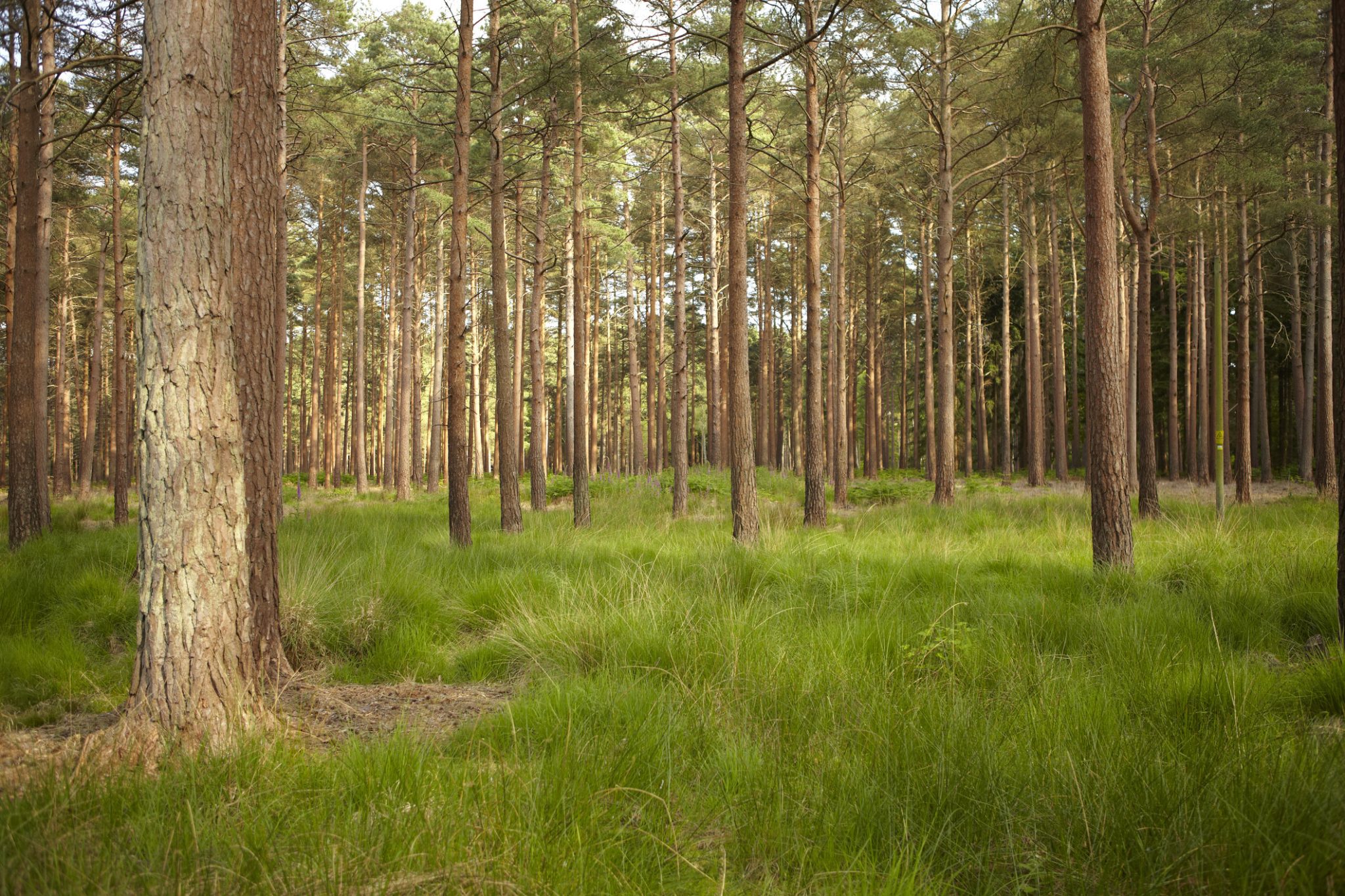Forestry


Napkins, bags, wrappers, packaging, and even the toothpick all come from managed forests.
Forests are constantly changing. How forests grow varies based on species composition, age of the forest/trees, space to grow, and timing.
- Seed Fall. Seeds fall from trees in the autumn and spend the winter dormant on the forest floor.
- Forest Initiation. If there is bare soil and room, trees start to grow and fill in an area until all growing space is occupied. In the southeast, seasonal fire from lightning allowed for soil openings and reduced competition.
- Tree Exclusion. Trees begin to compete for light, water, and nutrients. Some species will disappear, and others will thrive.
- Understory Re-initiation Stage. Trees in the main canopy begin to die naturally from lightning, windthrow, insects, and disease. This creates gaps in the canopy, allowing light, water, and nutrients to reach young trees in the understory.
- Gap Dynamics Stage. Gaps created over time will result in a balance of trees of different species, sizes, and ages.
- A forest is an ecosystem made up of groups of trees that can be of different sizes and ages. It includes all things that exist and live among the trees, like fields, streams, and wildlife.
- Active management of forests allows us to harvest trees that might otherwise die and make useful products like paper and packaging.
- Silviculture is an applied science that uses knowledge of forest stand development to produce desired forest attributes and products. Napkins, bags, wrappers, packaging, and even the toothpick all come from managed forests.
Active management of forests allows us to harvest trees that might otherwise die and make useful products like paper and packaging. Silviculture is an applied science that uses knowledge of forest stand development to produce desired forest attributes and products.
A forest is an ecosystem made up of groups of trees that can be of different sizes and ages. It includes all things that exist and live among the trees, like fields, streams, and wildlife.
- Alabama is one of the most biologically diverse U.S. states, with 25 different forest types.
- The average person uses about 7 trees a year in paper, wood, and other products.
- Alabama is the second largest producer of pulp and paper in the United States, and number 7 in lumber production. Forestry is one of the state’s largest industries at over $4 billion.
- Alabama has 23.1 million acres of forestland.
New October 2022, Let’s Build a Burger: Forests, ANR-2934

